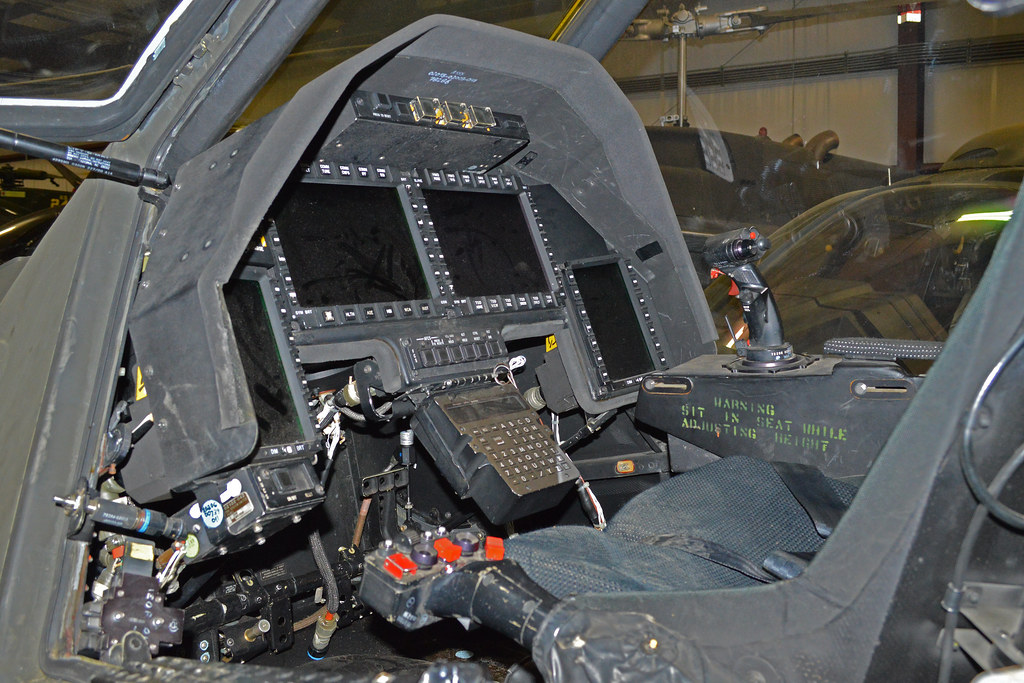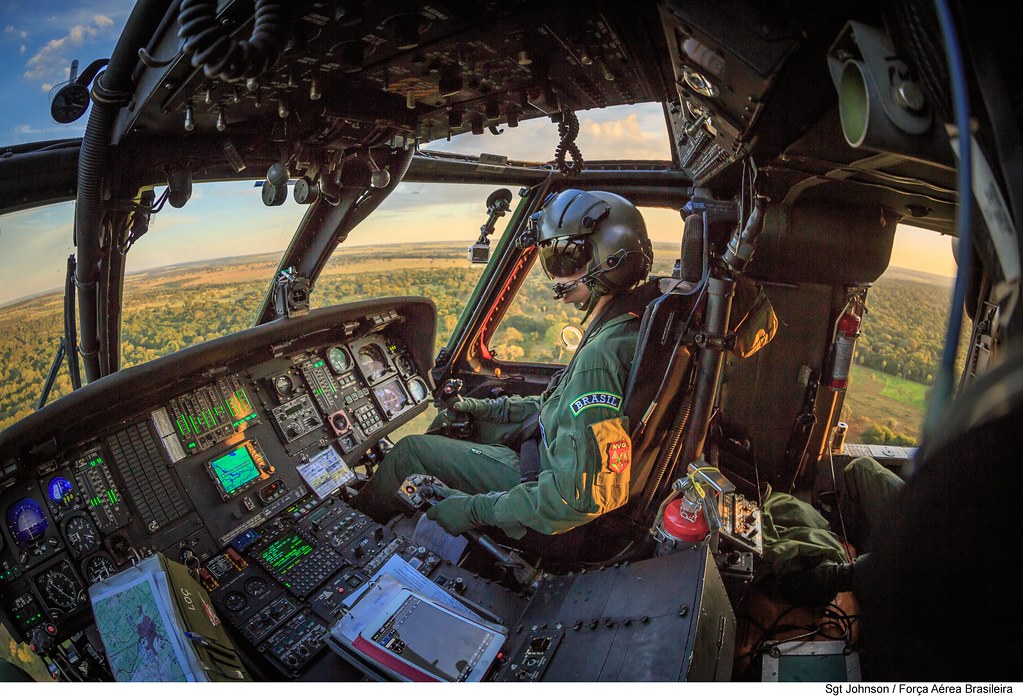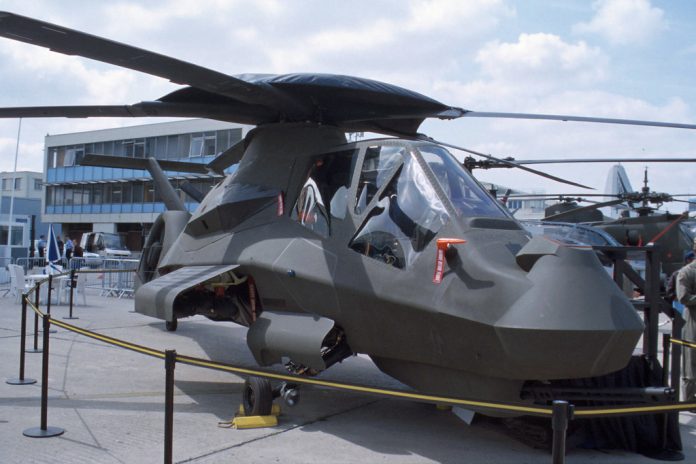
In the pantheon of military aviation, few stories are as riveting as the tale of the RAH-66 Comanche stealth helicopter—a revolutionary machine that promised to redefine battlefield reconnaissance and light attack roles.

Conceived during an era when the Cold War threatened global security, this stealthy rotorcraft embodied the U.S. Army’s ambition to dominate the skies with a low-observable platform capable of eluding enemy radars and infrared detection systems.

The RAH-66 Comanche’s odyssey began in the 1980s, as the U.S. military sought a stealth helicopter to replace aging Vietnam-era aircraft.

The Comanche, born from the Light Helicopter Experimental program, was a collaboration between Boeing and Sikorsky, two titans in aerospace manufacturing.

The program’s lofty aim was to create a single rotorcraft that could take on the roles of the UH-1, AH-1, OH-6, and OH-58 helicopters.

Despite its anticipated prowess, the Comanche’s journey was fraught with challenges. After Boeing-Sikorsky won the 1991 contract to produce prototypes, the RAH-66 displayed its cutting-edge features.

Its radar-reflective surfaces were reminiscent of the F-117 Nighthawk, while advanced composite materials and innovative design minimized its radar and infrared signatures.

The Comanche was also equipped with radar warning systems, electronic warfare capabilities, and a suite of armament that could be stealthily housed within its slim frame or externally mounted for heavier combat scenarios.

Yet, as the first Comanche prototype took flight in 1996, the world it was designed for had changed.

The Soviet Union had dissolved, leaving the U.S. Army with a stealth helicopter meant for a bygone era’s wars.

As defense priorities shifted following 9/11, the Army began to question the Comanche’s relevance amidst rising costs, technological hiccups, and the increasing viability of unmanned drones.

After nearly $7 billion spent and decades of development, only two prototypes had taken to the skies before the program’s abrupt cancellation in 2004.

The end of the Comanche program, however, wasn’t a complete loss. Its technological advancements informed other projects, including the stealth modifications believed to be present on the Black Hawks used in the 2011 Bin Laden raid.

This helicopter also stirred a conversation about the balance between visionary projects and practicality in military procurement.

As the U.S. Army now seeks a new armed reconnaissance rotorcraft through the Future Armed Reconnaissance Aircraft initiative, lessons from the Comanche’s saga echo in the corridors of the Pentagon.
Relevant articles:
– RAH-66 Comanche: $7 Billion Spent on a Stealth Helicopter That Failed, The National Interest
– RAH-66 Comanche Stealth Helicopter: Why Did It Fail?, The National Interest
– RAH-66 Comanche: The Stealth Helicopter the U.S. Military Had to Dump, 19FortyFive
– The U.S. Spent $7 Billion Developing This Helicopter It Never Built, Gizmodo

